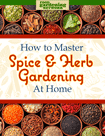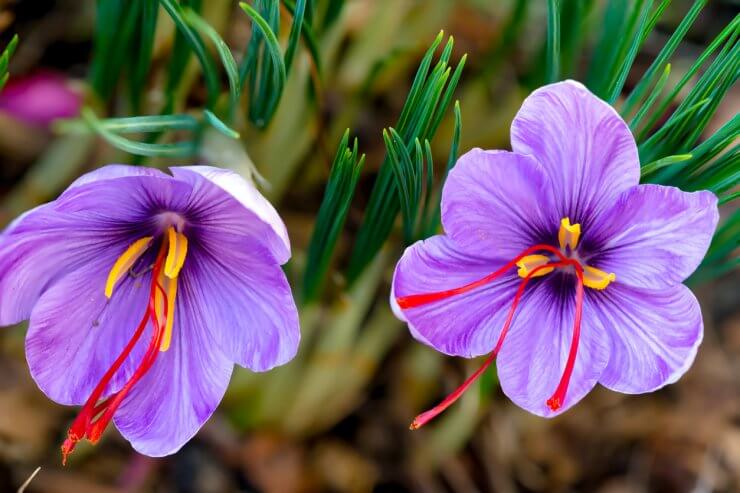
Saffron crocus sativus purple flowers
If you’ve bought saffron at the grocery store any time in the last decade, there’s a good chance you’ve thought about how to grow saffron. There’s no way around it; saffron is pricey. In fact, it’s long been considered the most expensive spice in the world.
The red, thread-like spice is actually the stigma from the saffron plant. More specifically, it’s from the Crocus sativus L. Each plant only produces three stigmas, which are hand-harvested and dried, and “Iran produces almost 90% of the total world production,” according to a research article cited by the USDA.
However, saffron can grow in other parts of the world and is hardy to USDA zones 5 or 6. Outside of Iran, saffron is most often commercially produced in Spain, Morocco, India, Greece, and Afghanistan. The hardy flower can grow in England and Australia, as well. Interestingly, saffron is also well-known in southeastern Pennsylvania, where the Pennsylvania Dutch Mennonites began growing it 300 years ago.
So, if you’re wondering how to grow saffron at home, there’s a good chance you can do it. And if it seems like a lot of work for a few strands of the spice? Well, there are solutions to that, too.
Find out how easy growing spices and herbs can be—indoors or out! Read our FREEBIE How to Master Spice and Herb Gardening at Home right now!
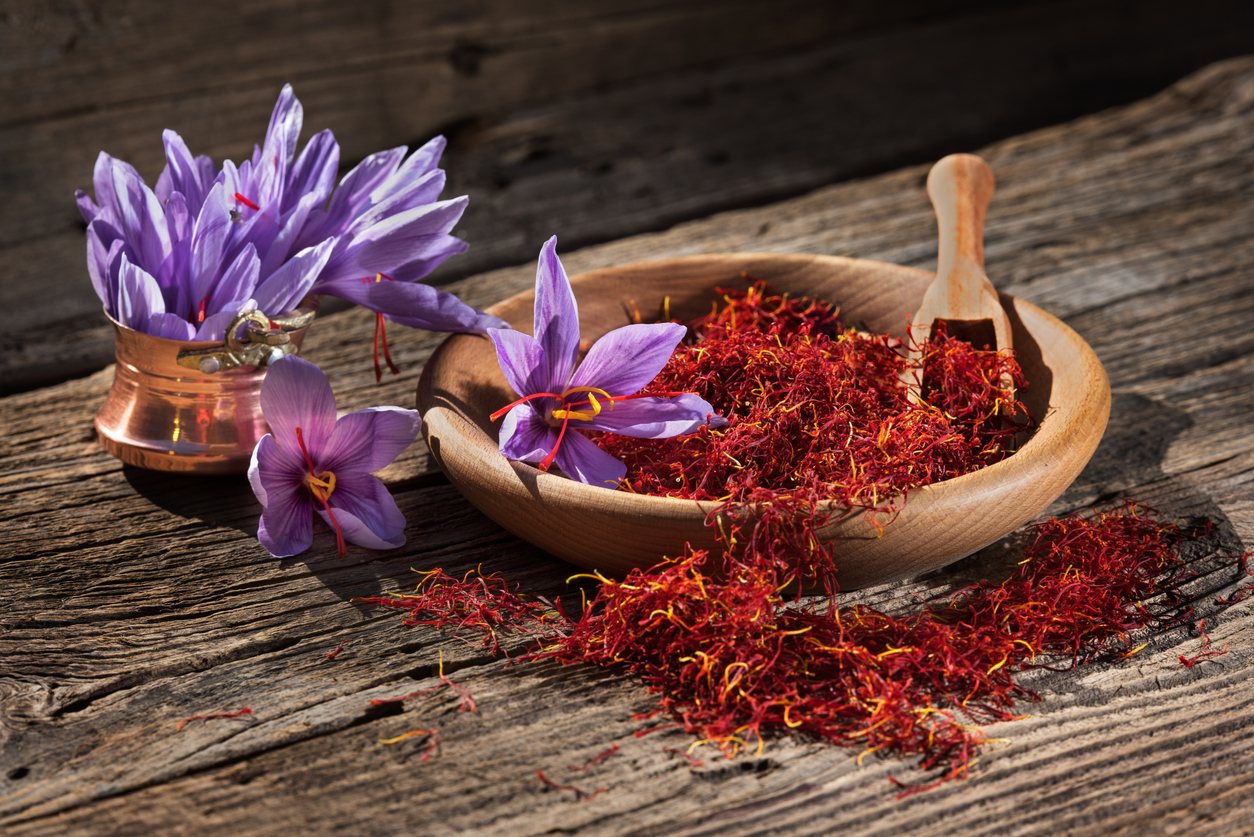
How to grow saffron wherever you live
Saffron might be known as a Mediterranean flower, but it’s hardy enough to grow in many places throughout the world. In fact, some people associated with the University of Vermont were wondering how to grow saffron in cooler and somewhat unpredictable climates. They determined that saffron will grow well and produce high yields when planted in raised beds under high tunnel greenhouse structures.
To grow saffron, begin with high-quality corms. Corms are similar to bulbs, although there are slight botanical differences. It’s also worth noting that you need the fall-blooming Crocus sativus and not the spring-blooming crocuses.
Saffron reproduces by developing daughter corms. Some producers prefer to leave the plants in the soil for up to 8 years, where they will continue to reproduce and develop more plants. So choose a spot where you can keep your saffron plants for several years. Saffron does best in light, well-drained soil with plenty of organic material. It also enjoys plenty of sunlight.
Since these are autumn-blooming flowers, you can plant them in late summer. There’s a little bit of educated guessing here about how deep to plant them. They need to be deep enough to protect the corms from the hot summer sun and the cold winter weather. They also need to be deep enough that the corms have enough room to produce daughter corms above them. At the same time, if you plant them too deeply, you could impact flower growth and limit yield.
When they were testing how to grow saffron, the North American Center for Saffron Research and Development in Vermont found that planting corms about 6 inches deep worked well.
Around 5 to 8 weeks after you plant the saffron, you may begin to get flowers. Once these flowers mature, harvest either the entire flower and separate the stigma, or just separate the stigma with tweezers and leave the flower. Dry the stigma on a paper towel at room temperature and enjoy in your favorite paella or pasta.
3 Saffron substitutes
Even if you know how to grow saffron, you’ll still need to grow quite a bit if you plan to use it often. For many gardeners, growing massive amounts of Crocus sativus just isn’t practical, so luckily there are some substitutes for saffron that you can try.

Safflower blossoms: With bright orange blooms and a high tolerance to drought, safflowers are a nice addition to many gardens. The flowers can also replicate the color and even flavor of saffron, although the taste of safflower is much milder than that of saffron. Dark Orange-Red Safflower’s nickname is “Poor Man’s Saffron”. This one is one sold through Baker Creek, who describes it as “not only useful in the kitchen, Dark Orange-Red is a gorgeous ornamental that is a well-disguised garden tool. The stiff, almost prickly, plants, have been used for centuries as natural fencing to keep animals out of the garden.”
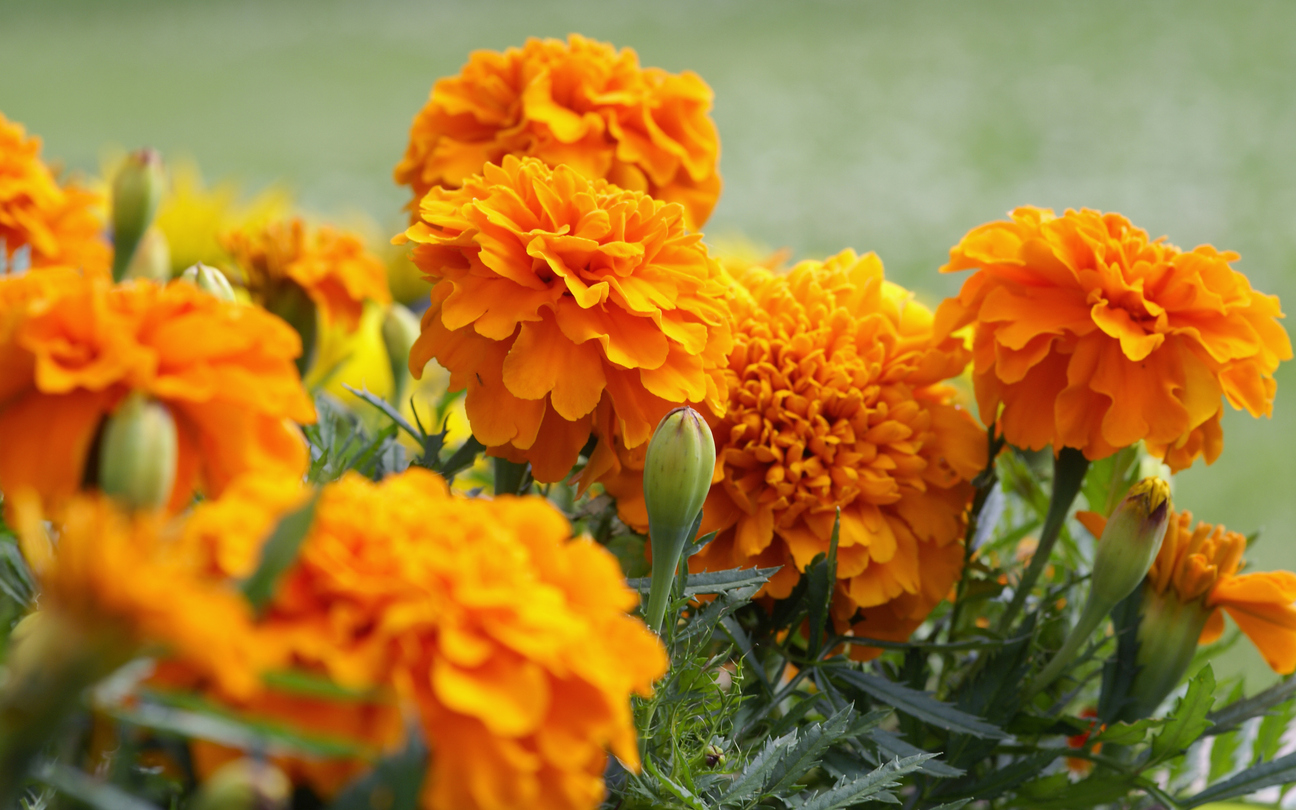
Marigold blossoms: Bright yellow and orange marigold blossoms make an acceptable substitute for saffron. Like the safflower blossoms, however, marigold blossoms have a much milder flavor than saffron. Dry and grind the petals and use as you would saffron.
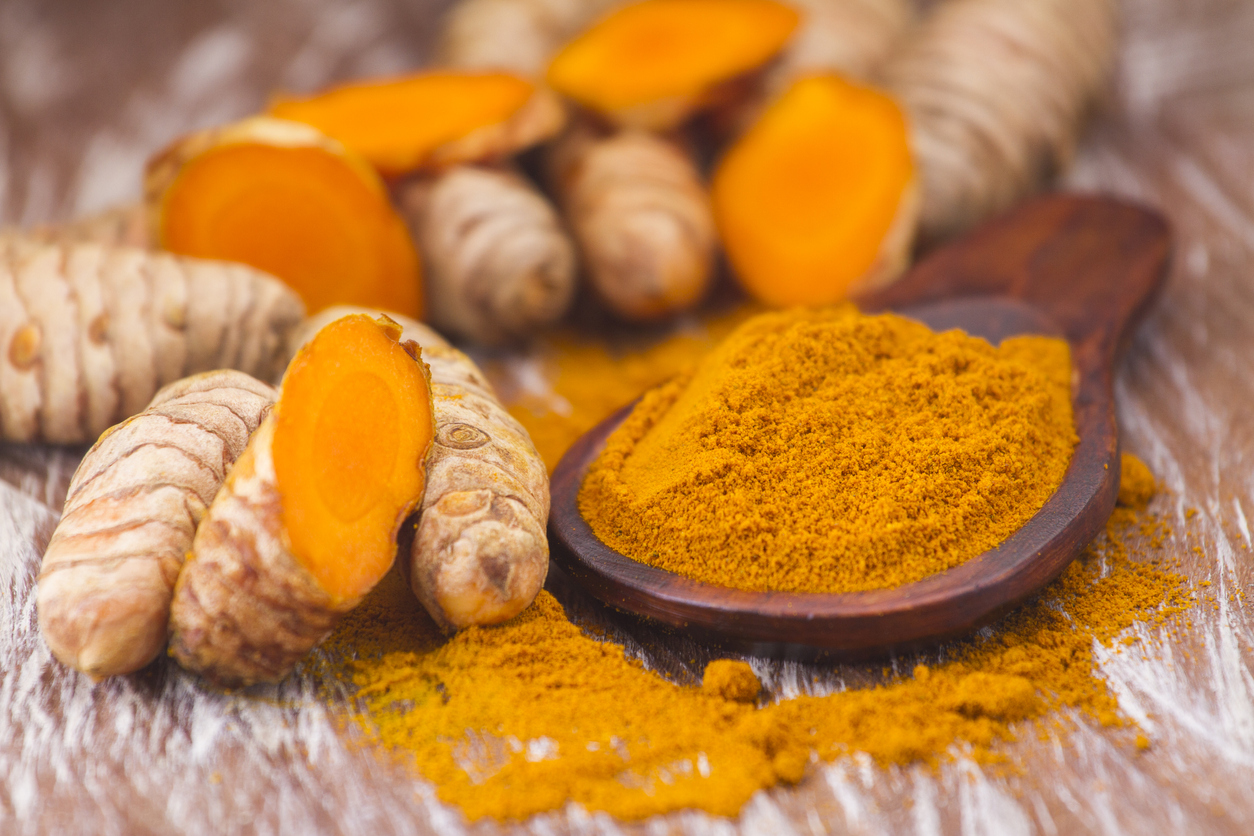
Turmeric: If it’s the color you’re after, turmeric makes a good, low-cost alternative to saffron, and it’s called “the saffron of the Indies”. I’ve read that saffron is even cut with turmeric sometimes to save money. The flavor, however, is quite different, with turmeric having a more bitter and spicy taste than saffron.
Have you tried to grow saffron? What was your experience like?
Find out how easy growing spices and herbs can be—indoors or out! Read our FREEBIE How to Master Spice and Herb Gardening at Home right now!


